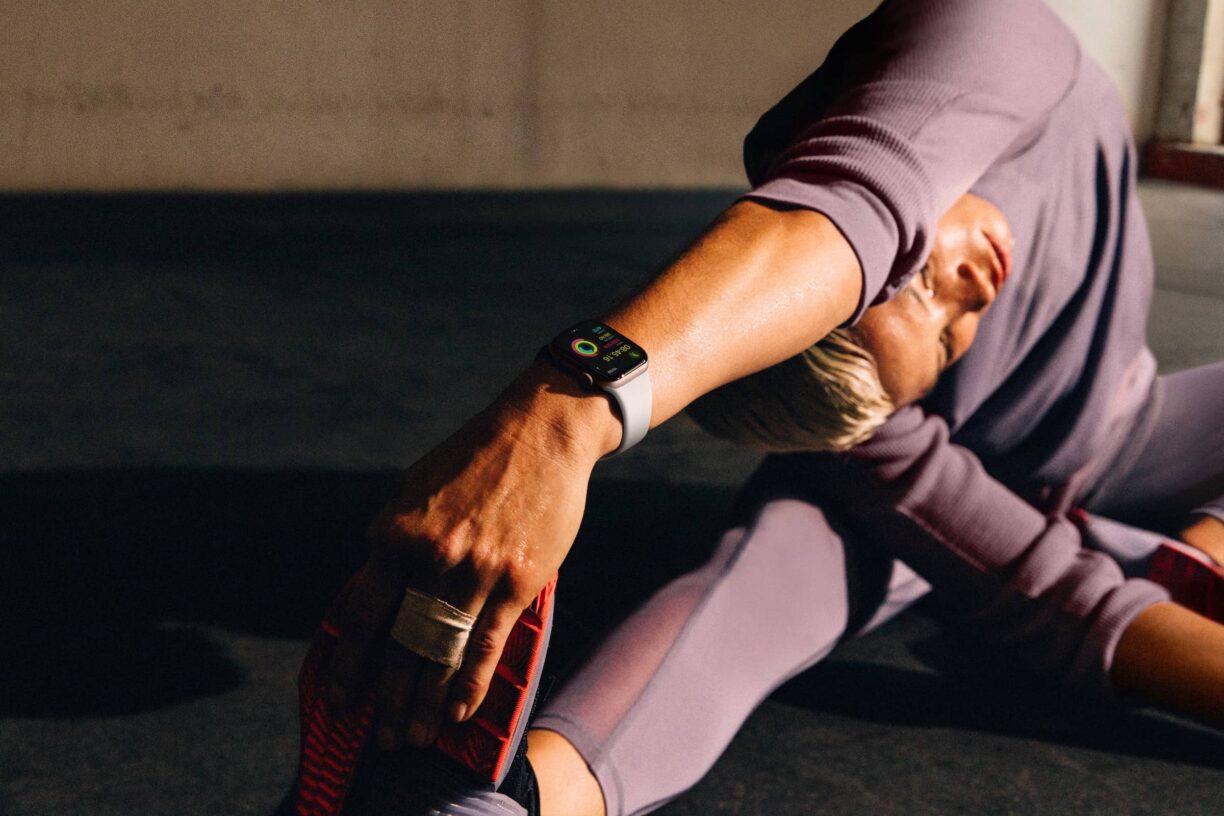Diabetes continues to be a global health concern. The chronic metabolic disease is known to seriously damage the heart, blood vessels, eyes, kidneys, and nervous system.
According to Diabetes UK, more than 5.6 million people in the UK live with diabetes. The organisation also notes that 1.2 million people could be living with type 2 diabetes and are yet to be diagnosed.
Fortunately, treatment and care for patients with diabetes continue to be a priority around the world.
In the UK, the Medicines and Healthcare Products Regulatory Agency (MHRA) approved a four-dose version of the diabetes and weight management medicine Mounjaro in January 2024.
Also dubbed the Mounjaro KwikPen, the medication was approved to treat adults with type 2 diabetes and for weight management in adult patients with a BMI of 30 or more, as well as those with a BMI between 27 and 30 who also have weight-related health conditions such as prediabetes, high blood pressure, high cholesterol, or other heart problems.
The KwikPen is to be used together with a reduced-calorie diet and increased physical activity.
As such, weight management and fitness can go a long way in helping diabetics maintain their physical health.
Fortunately, simple lifestyle changes can help one do so. Below, we’ll be sharing four weight loss and fitness tips for people with diabetes:
Join a weight loss program

A lot of factors come into play when it comes to maintaining a diabetic’s physical fitness. Aside from maintaining a physical activity routine, you should also eat healthily to support your fitness journey.
Therefore, joining a weight loss program for diabetics can help provide a tailored plan for healthy weight management and fitness.
Diabetes can impact your life differently depending on your lifestyle and any other preexisting health conditions, so having qualified experts to provide guidance and support throughout your journey can help.
Joining a weight loss program also helps you connect with a like-minded community of patients living with diabetes, where you’ll stay supported and can share tips and insights.
A weight loss program for diabetics can also offer supplementary tools like a glucose monitor for you to keep track of your glucose level and daily glucose readings for you to see how your fitness activities and healthy eating are impacting your glucose levels.
Consider a high-protein diet
Another weight loss and fitness tip you can try is eating a high-protein diet. In a previous post, we highlighted how a high-protein diet, combined with exercise, can contribute to reducing the risk of diabetes and cardiovascular disease in older adults.
In the past decade, higher protein diets have become increasingly popular around the world.
We also cited a recent study from Liverpool Hope University and the University of Melbourn indicating that a higher protein diet can boost inner cardiovascular and metabolic health, helping you sculpt a better body.
Indulging in a high-protein diet can also help support your athletic performance, which can be significantly helpful if you’re trying to be more physically active.
This includes nutritionally-dense protein sources including legumes, lean meats, eggs, soy, and dairy. For snacks, you may also want to consider Greek yoghurt, soy milk, or soy yoghurt.
Start slow with low-impact exercises
Depending on the type of diabetes you may have, your doctor may advise against exercises or workouts that may be too intense or physically demanding.
While certain intense exercises can provide numerous health benefits, low-intensity workouts like Zone 2 training can still be beneficial for general health and help your body burn calories.
These workouts rely on aerobic rather than anaerobic training and can help strengthen your cardiovascular system and metabolic health, reducing lifestyle diseases such as obesity, heart disease, and type 2 diabetes.
Experts also note that low-intensity exercises can benefit your mental health. Research has shown that these workouts can help reduce stress and anxiety, enabling an endorphin — also known as the feel-good hormone — release.
In turn, the endorphins can help you feel more energised and improve your mood when working out. Lower-intensity workouts are also helpful for diabetics as they put less stress on the body.
Try yoga and meditation

Finally, if you’re looking for even less intense ways to stay fit and manage your weight as a diabetic, you may want to consider mind-body practices such as yoga and meditation.
In recent years, the two have become popular tools for promoting health and combating diseases such as type 2 diabetes.
Recent research from the University of Southern California showed that mind-body exercises can be nearly as effective as commonly prescribed medication at reducing blood glucose levels in patients with type 2 diabetes.
Of course, yoga has also been a popular weight management tool, as it has been shown to help lead to healthier eating habits, such as more low-fat intake and an increase in vegetable consumption. Y
oga can also help you fall asleep easier, which can be a challenge for those with type 2 diabetes.






